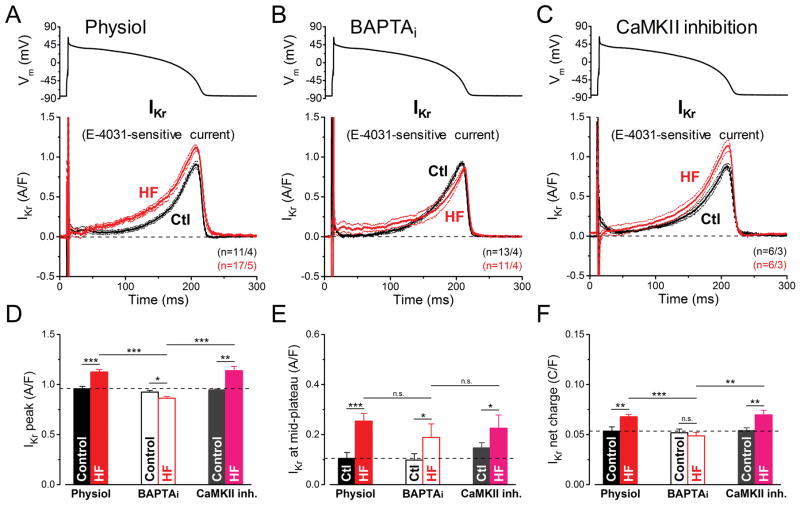Figure 3. Ca2+-dependent upregulation of IKr in HF under AP-clamp.
The rapid component of delayed rectifier K+ current (IKr) was measured as E-4031 (1 μM)-sensitive current in HF and age-matched control cells. AP-clamp using a prerecorded typical AP (shown above) was applied at 2 Hz. (A) IKr traces (mean±SEM) recorded under preserved [Ca2+]i cycling (Physiol). IKr is not only increased in HF cells having [Ca2+]i transients, but it activates earlier during the AP. (B) IKr traces (mean±SEM) recorded under buffered [Ca2+]i using 10 mM BAPTA in the pipette (BAPTAi). Buffering [Ca2+]i significantly reduced IKr density in HF below the control level, but it had no effect in control. (C) IKr traces (mean±SEM) recorded in cells pretreated with the specific CaMKII inhibitor peptide AIP (1 μM). AIP had no effect on IKr both in control and in HF. (D) Peak IKr density is significantly upregulated in HF under AP by a Ca2+-dependent, but CaMKII-independent pathway. (E) IKr density measured at the mid-plateau increased in HF indicating earlier IKr accumulation during AP, which occurred independent of [Ca2+]i level and CaMKII activity. (F) Net charges carried by IKr in HF and age-matched control. Columns and bars represent mean±SEM. n refers to cells/animals measured in each group. ANOVA with Bonferroni posttest, *p<0.05, **p<0.01, ***p<0.001.

